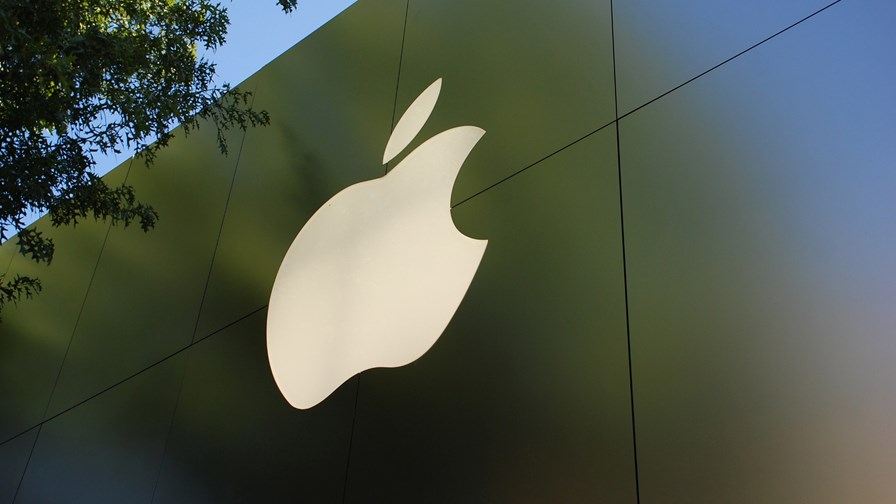
© Flickr/cc-licence/Adam Fagen
- iPhone sales drop to below half of Apple’s revenue take
- Apple is confident this is all part of the plan - services are ‘in’
- Apple’s strategy shares much with telco DSP transformation
Apple yesterday announced what were expected to be slightly underwhelming financial results for its fiscal 2019 third quarter. In the usual way of measuring these things, they were. Apple has long since hit peak iPhone and this showed up as a distinct minus on the balance sheet.
For the first time since 2012 iPhone sales, down by $741 million from this time last year, are less than half the company’s total sales. Doom and gloom?
Not necessarily - Apple would like this to be seen as an important point in its long-discussed slow-motion pivot from hardware to services, showing that there are more ways of making money from iPhones and the associated gadgets than just selling them.
Having said that, the gadgets are selling more too. Apple CEO, Tim Cook, said that ‘wearables’ (watches and AirPods) turned in strong performances as did iPad and Mac. These of course create a platform for services and it’s those that are really on the rise. Where a decade or so ago Apple’s services were seen as lures to get more punters in to buy the hardware, today and tomorrow they will be operating at scale and will be crucial money spinners.
These results see services such as the App Store, Apple Pay, Apple TV and Apple Music all increasing their revenue contribution so that, overall, sales are up by 1 per cent (despite the iPhone sales drop). In more reinforcing good news, Apple reports that the number of Apple subscription-takers has risen over the past year by 55 per cent.
The downside is that the net profit on overall sales shrank by 13% to $10 billion thanks to the iPhone’s far greater profitability in comparison to services. This could be a problem.
However, for the time being all this appears to be understood by the shareholders and, having bested Wall Street’s estimates, Apple’s share price actually rose on this week’s news by 3 to 4 per cent.
Given the now crucial importance of services, Apple’s ambitions don’t stop at Apple Music and the like. Apple’s Cook also announced that the company is to launch its own credit card. Naturally this will be nothing like your dumb (or slightly smart) plastic card. Apple is planning to have the card tuck away a rich transaction record via “seamless integration” with Apple Wallet. It’s also going to be cost-free apparently and offer cashback with every purchase.
So will Apple’s services strategy succeed?
One can’t help noticing the similarities Apple’s structural problems have to those being faced by CSPs’ in their quest to avoid the dumb pipe and to become digital service organisations.
Both Apple and CSPs have long seen the commoditization trap looming as they hurtle forward, competitive pressure forcing them into sell more core product for less money and wondering out loud all the while on whether they can maintain profitability.
Both their ‘ways out’ involve shifting their activities to services of various kinds. In that sense they are on a collision course, but they also share the problems of scope and scale with each other and in competition with the online giants which have both scope and scale in abundance,
Apple’s plan to deploy services which can leverage the strengths of its proprietary ecosystem is a strong way forward. The problem comes when it decides how ‘open’ it can be for its services to be made available for other users. If its service strategy becomes a big effort to maximise the user base, it then starts to erode the Apple specialness. Why buy into Apple if you can enjoy the experience on a cheaper platform?
Telcos have similar problems over content distribution. There is always a good argument for extending access to non-network users via OTT. But then, what value your network?
Closely watching the way Apple deals with its transition is going to be offer valuable lessons for aspiring digital service providers.
Email Newsletters
Sign up to receive TelecomTV's top news and videos, plus exclusive subscriber-only content direct to your inbox.




